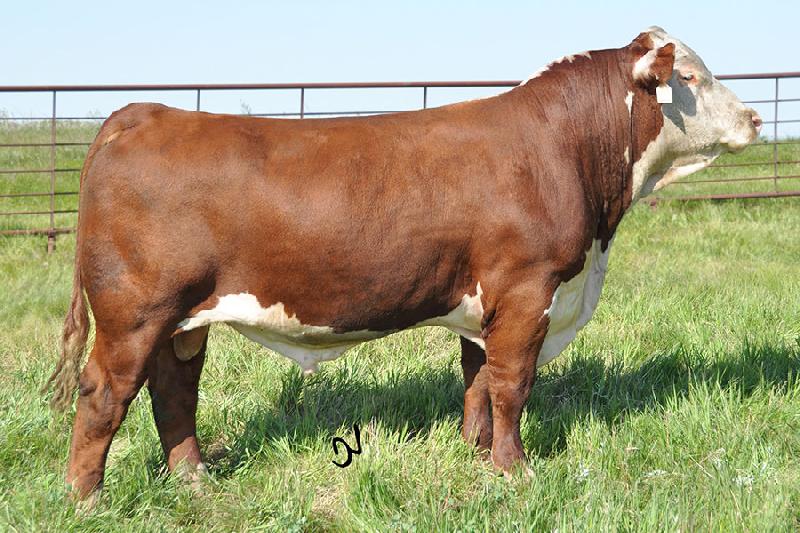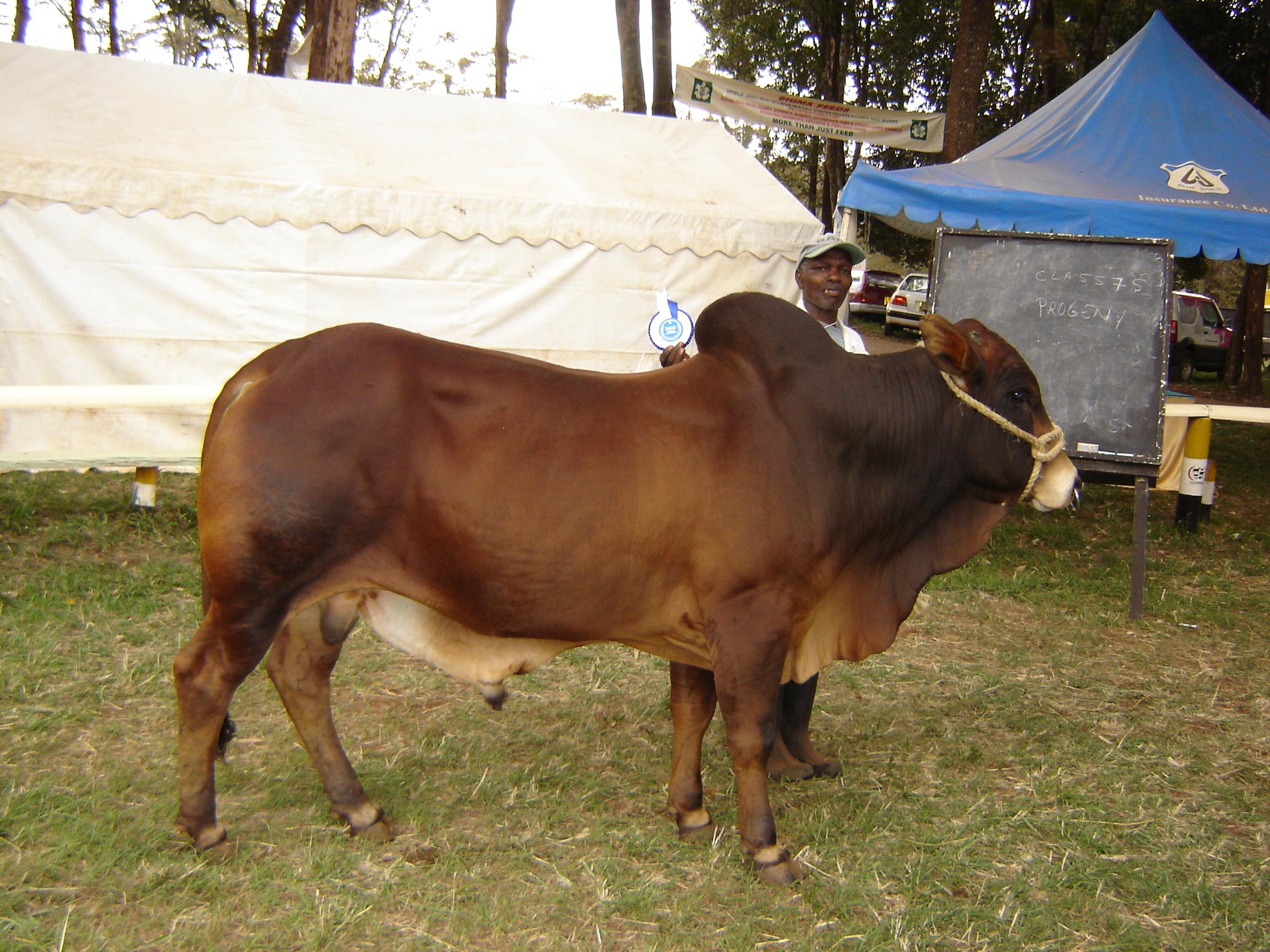Value addition of beef cattle fattening in the Lake Zone in Tanzania: Challenges and opportunities S N Mlote, N S Y Mdoe, A Isinika and L A Mtenga Alemayehu K 2011 Value Chain assessment of beef cattle production and marketing in Ethiopia. An opportunity feedlot is a feedlot that does not operate all year. It is generally used to fatten stock during periods when store prices are low and fat prices are high. Lotfeeding of beef cattle can be a way to make or lose money. It is vital to carefully budget the lotfeeding exercise before starting, to be certain that it will be profitable. For fattening of young beef cattle INGREDIENTS. barley, corn, corn gluten feed, wheat feed flower, sunflower press cake, rape press cake, sugar beet pulp, pumpkin oil cake, sugar beet molasses, calcium carbonate, vitamin and micromineral premix, sodium chloride, flavoring. A cross sectional study was conducted from October 2015 to April 2016 to characterize beef cattle fattening production system and constraints in Gondar town district, North Gondar Zone. Structured questionnaire and a onetime observation were conducted Fattening beef cattle on molasses in the tropics. From an agricultural point of view, the tropical regions of the world are probably the richest in potential for crop production, and subsequently for animal production. beef cattle fattening business using either local and imported feeder cattle, (2) what impact does the governments tariff have on the competitiveness of beef operations, (3) does Bandung Regency have a comparative advantage in fattening The project which is cattle breeding and fattening is a long term investment. It takes seven years to recover the money or assets invested in the business. As the business continues its operation, the profits and assets tend to increase more. Feeding Strategies, Challenge and Marketing of Beef Cattle in North Gondar Zone, Ethiopia Malede Birhan and Yilkal Manaye Fattening activity in the However, cattle sales are also induced by fear of theft and Amhara Region, however, differs substantially from the insecurity [14. Contents of the cooperative project. Name of the project: Beef cattle fattening, slaughtering and processing. Total investment: RMBY, there into fixed assets capital of RMBY, basic floating capital of RMBY. cattle praduced was the increased preference for lighter cuts. Smal1er families among consumers, a decreasiog per capita con sumption of beef and some significant changes in living habits resources, the production of livestock, in particular, in beef cattle remains very low in Ethiopia for various reasons such as inadequate nutrition, poor genetic potential. Cattle Breeding, Fattening and Marketing business 400 more Business Ideas in Ethiopia Here 1 Product Description: These are enterprises which aim at large commercial scale breeding, fattening and marketing of goats and sheep. Farm land owners and cattle owners can benefit from trading and selling cattle for beef, as well as other products, such as milk, hide, and other related farm products. Livestock and farming is gaining popularity not only because of the financial benefits, but also for meeting the global demands for protein. Beef fattening in Bangladesh Ethiopia Online Videos 6, 412 views. Episode 27 [Part 2 Beef Cattle Farming in Kenya Duration: 11: 48. The beef cattle used for fattening by the smallholder farmers in the study areas are mainly local culled animals from traction purposes. The average number of animals (total herd) kept by a smallholder farmer at a given time could be five animals (with a range of 18 animals). The two set up an intensive system of beef production that focuses on feeding cattle for 90 days on concentrate feeds till they reach the desired market weight. END MARKET ANALYSIS OF ETHIOPIAN LIVESTOCK AND MEAT 1 EXECUTIVE SUMMARY Ethiopia has some important comparative advantages in the Middle Eastern livestock and meat markets. Ethiopia, cattle fattening is based on locally available feed resources (Takele et. According to (MOA According to (MOA 1997b) cattle fattening practices in Ethiopia is categorized in to three major fattening systems are traditional The beef industry in the country is partly constrained by the small size of the national herd which is estimated at 930, 000 head of cattle. This is owned by about 10 of the population which means there is a heavy, localised concentration of cattle which has resulted in the rapid degradation of grazing areas. vv 067 Life Sciences Group International Journal of Agricultural Science and Food Technology ISSN: X DOI CC By Citation: Dadi G, Urge M, Teklebrhan T (2017) Assessment of Commercial Beef Cattle Fattening Practices and performance in East Shoa Zone. fattening bulls was higher than local and some beef crossbreds such as Phu Yen yellow cattle: only 638gheadday (Doan Duc Vu et al. He points at another window for Kenyas beef products in the Arab market, given that countries in the region have at the moment blacklisted products from Ethiopia and Somalia. Cattle pen fattening is a very lucrative business in Zimbabwe. Cattle pen fattening involves the feeding of beef cattle with a protein balanced, highenergy diet for a period of 90 days under confinement to increase live weights and improve degree of finish and thus obtain better grades at the abattoir. SUMMARY This profile envisages the establishment of cattle fattening farm with annual capacity of 10, 000 heads of cattle. The present demand for cattle meat is. in Borno State to show the profitability of beef fattening. This study is an attempt to variables of the sampled fatteners, cost of inputs used in beef fattening, cost of cattle before and after fattening, weight of cattle before and after fattening, values of feed. Beef fattening techniques and advantages Livestock fattening innovation in Ethiopia beef cattle, breeding, rearing, fattening, production scale. Ethiopia ranks first in Africa and tenth in the world with respect to livestock population. Estimates for the fiscal year put it at 35. Fattening cattle the conventional way primarily requires silage and grain, and feeding dairy cattle requires that plus moist hay in the form of haylage. Some dairy cattle may also be allowed to graze for part of the year or most of the year as well, depending on whether the operation is an organic grassfed dairy or not. A cattle fattening business plan sometimes accompanies the funding documents designed for farms and meat operations. Rarely is cattle fattening its own business, in other words, but often it's a vital component of a cattle raising operation and is therefore described in detail in a. The productivity of livestock in Ethiopia in general and beef production in particular is extremely low in terms of milk, meat production and draught power output (Azage and Cattle Fattening Systems in Ethiopia. Traditional type of fattening system Cattle are kept mainly for draft power, milk, and manure production and are usually. Household survey indicated that, average price of cattle before and after fattening was about 965 and 1505 birr, respectively, which resulted gross profit of about 540 birr per fattening cattle that came from price margin and feed margin over 110 days of feeding length. Posted on January 14, 2011 by slashy27. Gerard Dawns Cattle Farming Guide. project proposal done on beef fattening in ethiopia pdf; This entry was posted in Raising Cattle and tagged Guide to Cattle Farming. In conclusion, in order to improve the performance of beef cattle, especially under traditional production system, there is a need to supply adequate feed in terms of quality and quantity which could promote the frequency of fattening. Cattle beef fattening involves the feeding of beef cattle with a protein balanced, highenergy diet for a period of 90 days under confinement to increase live weights and improve degree of finish and thus obtain better grades at the abattoir. Raising cattle on pasture is inherently more challenging than fattening them on feedlots, but the results are worth the extra effort. Before buying your next cut of beef, consider these two. Characterization of the Farming and Livestock Production Systems and Potential of Feedbased Interventions in Adama and Arsi Negelle Districts, Ethiopia A. Fantahun small scale beef fattening activities. Kechema and Kuriftu were selected from Adama District and Ali Wayo Cattle fattening is an important component of livestock farming in Gamogofa Zone of the Southern Nations, Nationalities and Peoples Region (SNNPR) of Ethiopia. The Zonal Bureau of Agriculture reports that there are about 3. SUMMARY Beef cattle production systems are widely adopted on large stock farms (from 500 to 5, 000 animals) in northern Italy and are characterized by advanced technology and a. A 2014 LIVES study tour to central Ethiopia changed Samuel's approach to farming after he and other farmers learned they could improve and shorten cattle fattening cycles and sell more animals. Big meat enterprise planned in Rwanda. Big meat enterprise planned in Rwanda increased beef supply in the market is also likely to bring down beef prices for consumers. Forage production, cattle production and fattening, goat production and fattening and the establishment of a stateoftheart abattoir have been identified as the key. Fattening beef cattle depends on what diet you want them to fatten up on, their age, their breeding, average daily gain, rate of intake, and target weight you want to have them slaughtered. Beef cattle production system in Ethiopia is based on small scale fattening system by which animals obtained mainly from draft, dairy, land pastoralists. Introduction In New England, beef enterprises are cowcalf, feeder, or a combination of both. Cowcalf enterprises usually require less financial investment in facilities than feeder operations. Feeder cattle facilities require more confinement pens, more automation of feeding systems and less need for roofed shelters. Each type of facility must be designed accordingly. The cost benefit analysis is a useful tool in determining the profitability of a beef cattle fattening enterprise when the fixed cost can be calculated. Challenges to Ethiopias cattle and beef chain. It found that the primary challenge for Ethiopias cattle chain is a shortage of animal feed, resulting from drought and land use change. Feedlots reported profitable fattening operations, but the report pointed out that margins were low. Low margins are, in theory, compensated for. The major countries that import beef from Ethiopia are Yemen, Egypt, Congo Brazzaville and Cote DIvoire, and the export of beef cattle were either in the form of. Feedlotting (also call ed pen fattening) involves the feeding of beef cattle with a protein balanced, highenergy diet for a period of 70 to 120 days under confinement to increase live.











